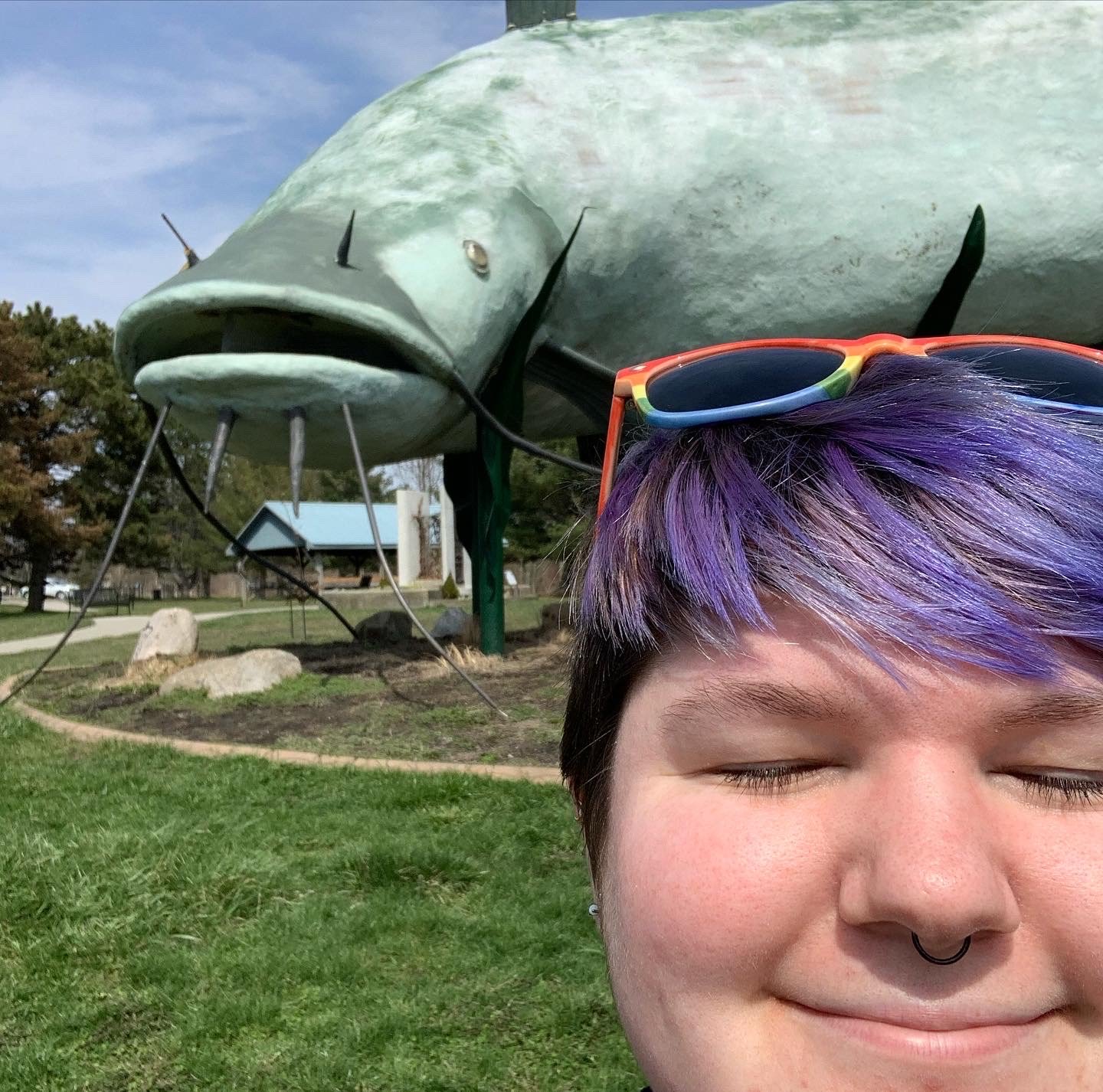The Lord of the Rings vs. The Hobbit
/A Poster of “The Hobbit” and “the lord of the rings”. Image courtesy laptrinhx.com
Tolkien created one of the most well-developed and long-standing fantasy worlds known as Middle-earth. Two of his most famous works—The Lord of the Rings and The Hobbit—were turned into sensational films by director Peter Jackson.
The Lord of the Rings undoubtedly made its mark on the world. Despite being newer, The Hobbit has failed to stand the test of time.
How could a trilogy with similar source material, directed by the same director, and with the advancement of ten years of film technology fall second to the original Lord of the Rings trilogy?
Well, let’s see.
The scope of The Hobbit and The Lord of the Rings are fundamentally different, but Jackson tried to make them both the same.
The Lord of the Rings was meant to be awe-inspiring, thought-provoking, and overall, it was an ambitious project that took Tolkien years to plan and execute. It has several sets of complicated, intertwining storylines to build a bigger story. The stakes are high, the villains are treacherous, and the characters are all connected.
Meanwhile, The Hobbit was originally published as a children’s story. As Director Peter Jackson chased the success ofThe Lord of the Rings, he ignored the fact that they are truly different stories.
The Lord of the Rings relied on practical effects and only used CGI when necessary. The Hobbit took the opposite approach.
Here’s the thing about CGI: it becomes dated so quickly.
The Lord of the Rings used CGI sparingly, making use of prosthetics, on-location filming, and scale models. This reliance on practical effects made it feel much more real for the audience.
Without the immersion of practical effects and an over-reliance on CGI, The Hobbit looked dated shortly after it was released. Especially when compared to The Lord of the Rings, the dependence on CGI was not only obvious, but it took us out of the world that Peter Jackson had so carefully sculpted the decade before.
Azog IN “THe hobbit”. Image Courtesy of villains.fandom.com
Compared to the source material, The Hobbit doesn’t stay true to Tolkien’s work.
We all know Peter Jackson took some liberties when making The Lord of the Rings. There were things that couldn’t be as easily translated from book to screen, or scenes that didn’t fit with his vision of the series.
However, the parts Peter Jackson omitted in The Lord of the Rings were left out for justifiable reasons. The parts he added were inserted seamlessly, and still enjoyable for both casual and hardcore viewers.
With The Hobbit, the source work is still somewhat recognizable in the story, but Peter Jackson relied a little too much on creative licensing. Some of his details didn’t add to the story, and most of them were only added to fluff up the screentime to make three movies.
The cast of The Hobbit didn’t have the same dynamics as the cast of The Lord of the Rings, and there were too many characters.
If you’ve seen the Lord of the Rings behind-the-scenes outtakes and interviews, you can see just how well the entire cast gets along with each other. Beyond that, the casting of The Lord of the Rings was perfect in terms of both Tolkien’s original work and Peter Jackson’s vision for the series.
Even with a main cast of at least nine people, it was still a tight-knit group. Each of them had their own distinct personalities that they used to bring their characters to life, creating an air of authenticity.
Seven Members of the cast of “The Lord of the Rings” Showing off their tattoos. Image Courtesy of gamespot.com
Even with a main cast of at least nine people, it was still a tight-knit group. Each of them had their own distinct personalities that they used to bring their characters to life, creating an air of authenticity.
The Hobbit started with a main cast of around fifteen characters, including thirteen we had never seen before—that’s a lot for a casual viewer to keep track of. While there was an effort to make each of them unique, it simply wasn’t enough.
The cast of The Hobbit also didn’t have the same dynamic as the original Lord of the Rings cast. In the behind-the-scenes footage, they didn’t have that same sense of camaraderie that made The Lord of the Rings special.
Ask any Tolkien fan which one of Jackson’s movie trilogy they prefer, and the answer will almost unanimously be The Lord of the Rings. It was a trilogy made to last, and ultimately made by and for hardcore fans of Tolkien’s works. Compared to that, it’s clear The Hobbit was just intended to capitalize off the success of The Lord of the Rings.
Visiting my best friend: Muddy the Mudcat in Dunnville, ON.
ALEX GAVA — I’m Alex, a student of Professional Writing at Algonquin College. Besides being a professional writer, I’m also a professional catastrophe.
You can usually find me hunched over my laptop, typing furiously across the keyboard in either a stroke of genius or madness. Sometimes both.
When I’m not writing, I’m usually taking care of my lovely pets, reading, watching the same TV shows and movies that I’ve been watching since grade school, or taking naps.
Thank you for visiting the Otherworld’s Corner. 🦄






